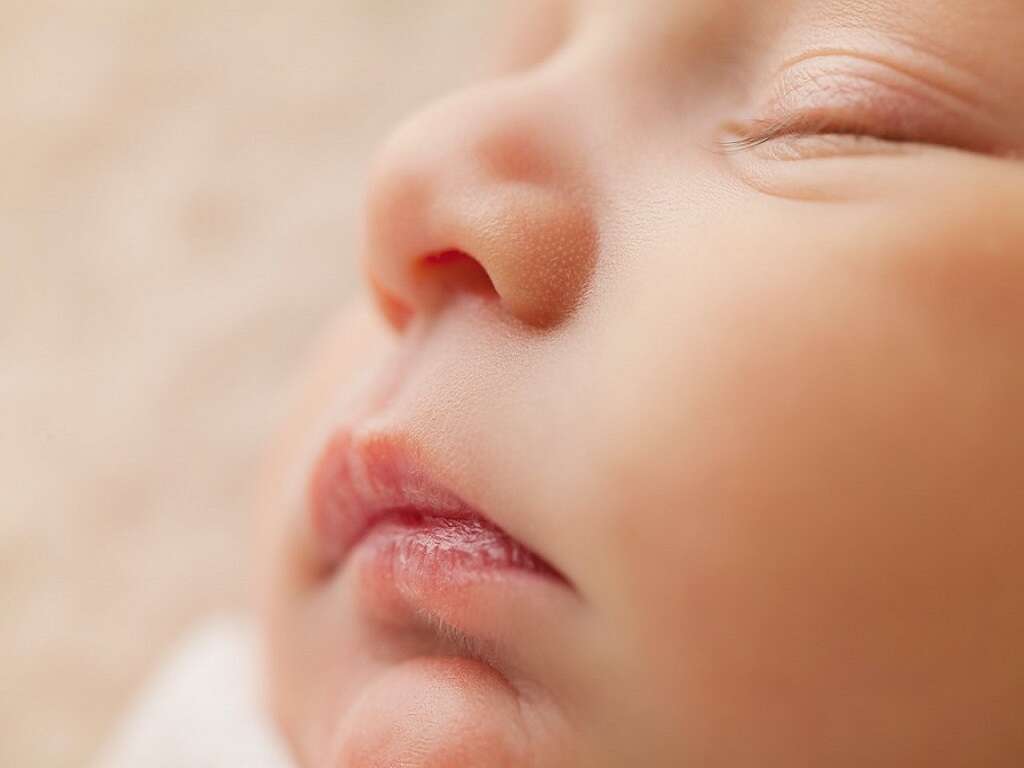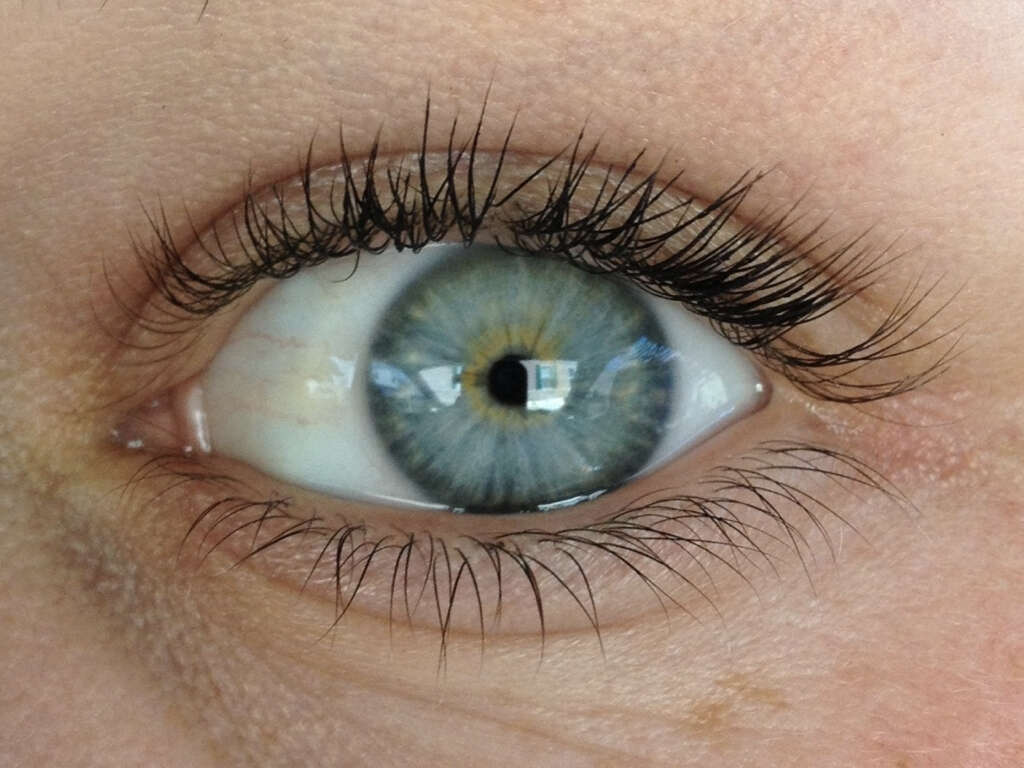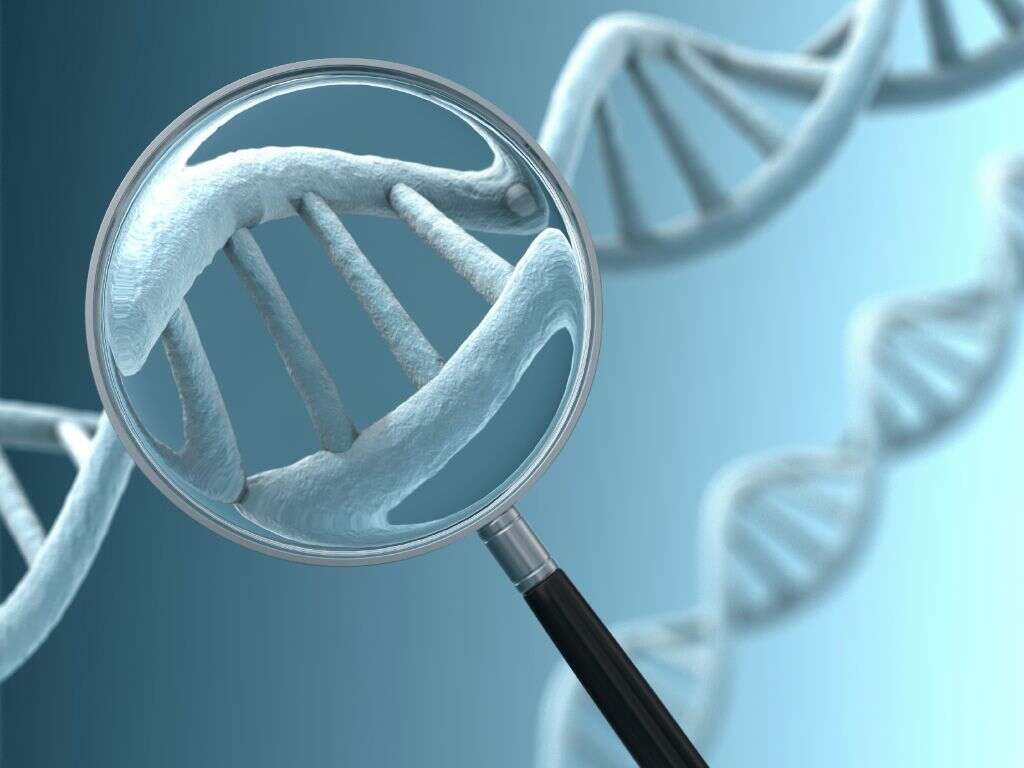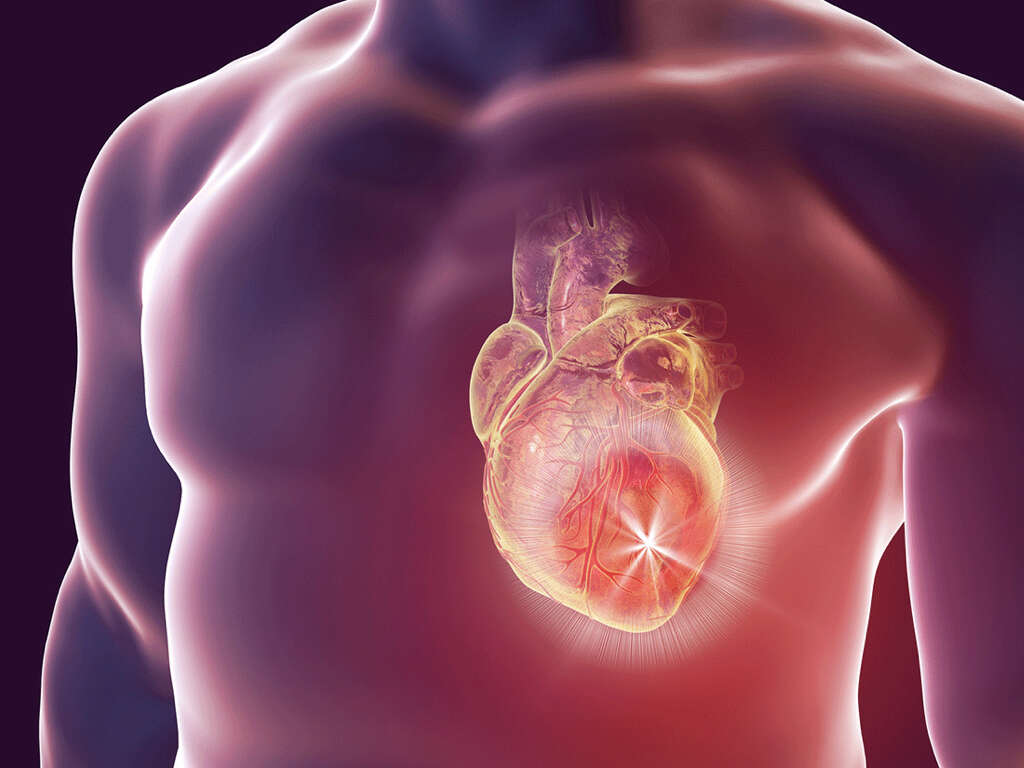10 Cleidocranial Dysplasia FAQs
 Article Sources
Article Sources
- 1. 'Cranial Sutures: MedlinePlus Medical Encyclopedia.' MedlinePlus - Health Information from the National Library of Medicine, 4 May 2021, medlineplus.gov/ency/article/002320.htm
- 2. 'Cleidocranial Dysplasia.' Genetic and Rare Diseases Information Center, U.S. Department of Health & Human Services, 19 Aug. 2020, rarediseases.info.nih.gov/diseases/6118/cleidocranial-dysplasia
- 3. 'Cleidocranial Dysplasia: MedlinePlus Genetics.' MedlinePlus - Health Information from the National Library of Medicine, Genetics Home Reference, 18 Aug. 2020, medlineplus.gov/genetics/condition/cleidocranial-dysplasia/#causes
Other Signs of Cleidocranial Dysplasia
People diagnosed with cleidocranial dysplasia may have undeveloped or missing collarbones causing atypical or misaligned muscles. Their shoulders appear narrow and will slump toward the chest area. Family members with this rare genetic disorder may also have short fingers, wide thumbs and short forearms.
The lower body may include abnormalities such as flat feet, knock knees and scoliosis of the spine. These bone conditions may cause some people to be three to six inches shorter than other family members with less severe symptoms.
Advertisement











